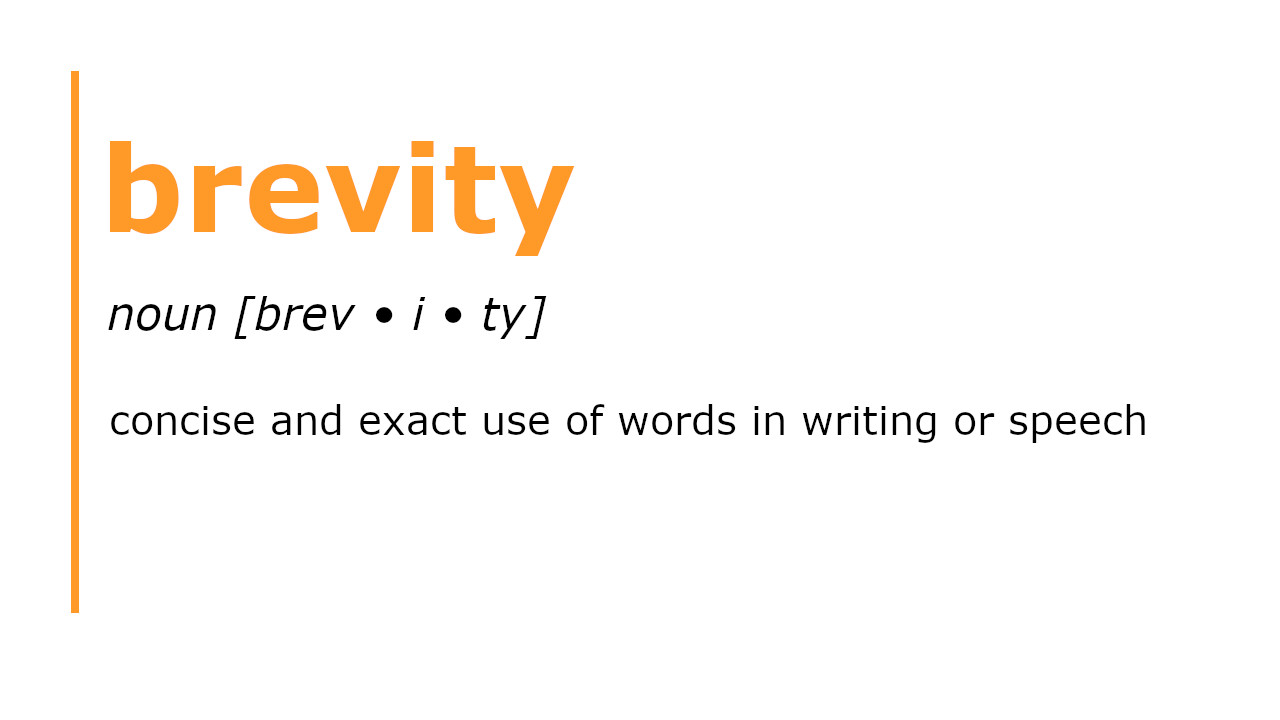Brief is Effective

I recently submitted my grad school applications. Writing the essays was fun, but I confess I was intellectually challenged by “Pick Six”, an essay consisting of a three-sentence introduction followed by six sentences, one sentence to accompany each of six pictures of my choice. The ostensibly shortest essay took the longest to complete. What message did I want to deliver that is distinguishable? How would I incorporate my ideas into a concise statement? How could I ensure the admission officers, the audience, precisely perceive the meaning I intended? It took me a few months to achieve a satisfying result. Briefness can be challenging because it demands precision, clarity and simplicity, which is echoed in of my recent readings “Can you Say What Your Strategy Is?” published in Harvard Business Review.
The article addresses a phenomenon in the business world that many “beautifully crafted” strategies are never implemented due to a failure to deliver “a simple, clear, succinct strategy statement that everyone can internalize and use as a guiding light for making difficult choices”. It is not surprising that the length of a statement is not tantamount to the quality, unnecessary words cloud the original intent and make it ineffective. Ever wonder why an overly long email with garrulous details receives no replies; a lengthy proposal is thrown back at the table by our boss; a ten-page essay filled with irrelevant words receives a poor grade from a professor? Long statements make for reluctant audiences; they further complicate the initial intent and make the statements difficult to internalize. Brevity is key.
However, brevity is not the equivalent of being taciturn. Deliver your message in a precise, concise, and simple manner – choose words that are unambiguous, be succinct to keep readers interested, and use clear structure that is easy to comprehend. Most importantly, get feedback from your audience, such as mentor or colleagues, to test that your message is perceived as intended.